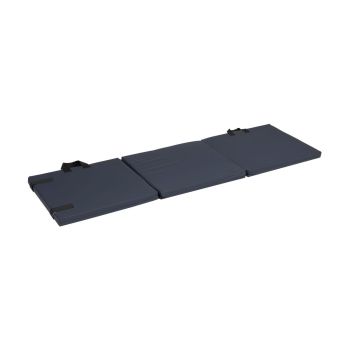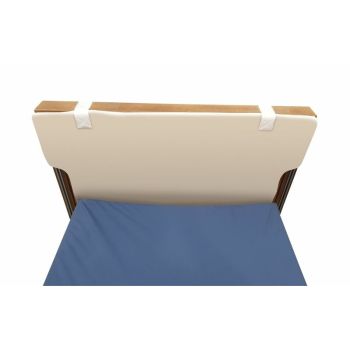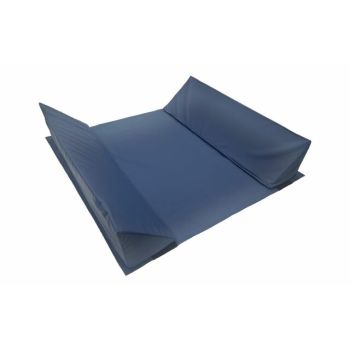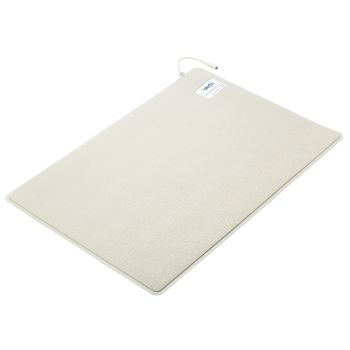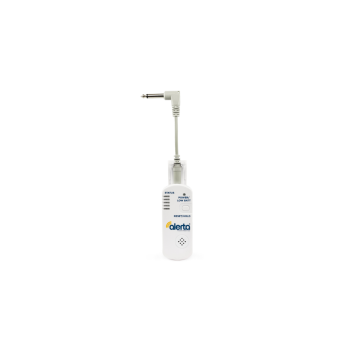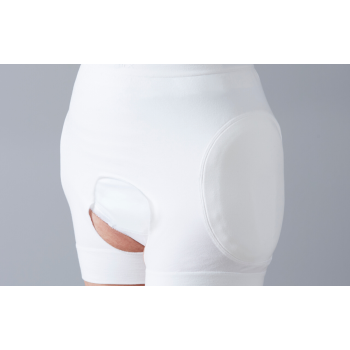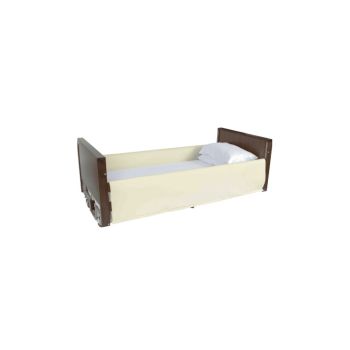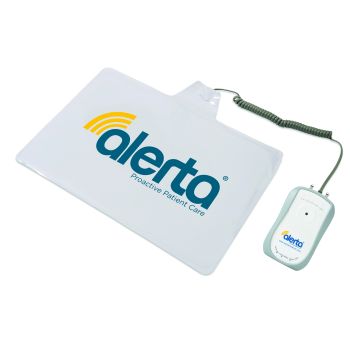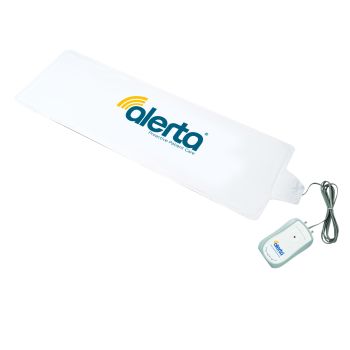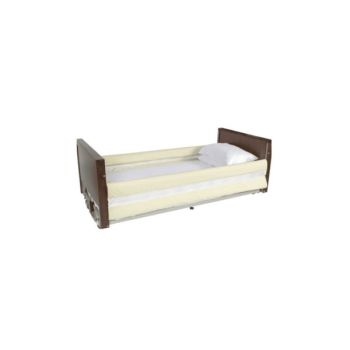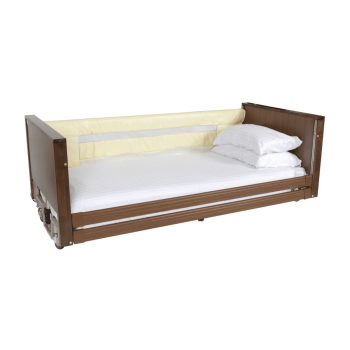Professional care settings place an enormous emphasis on fall protection equipment and patient entrapment. Government protocols are very strict on falls, injuries and entrapment occurrences, and to ensure these are kept to a minimum, it is the duty of care professionals to ensure they are purchasing the right products to keep their patients as safe as possible. Anti-entrapment and fall protection equipment provide an additional barrier of safety and dramatically reduce the occurrence of serious injury.
As part of our fall management range, we provide a great selection of crash mats which use a high-density material – it lowers the risk of potential serious injury if a patient does suffer a fall. Another effective fall management aid is fall prevention devices. They are used in the majority of care homes as they notify nurses and carers when a patient has taken a fall. It ultimately reduces increases the recovery time for the patient when they are found early on in an accident.
Many elderly patients and users will suffer from a few falls in their lifetime, which is why it’s crucial to have the most up to date, suitable fall management and anti-entrapment equipment available to reduce injuries. Additionally, to increase user comfort in bed, the right hospital bed and bed wedges can help achieve this. Be sure to browse our range in full today for more information.
Read More



